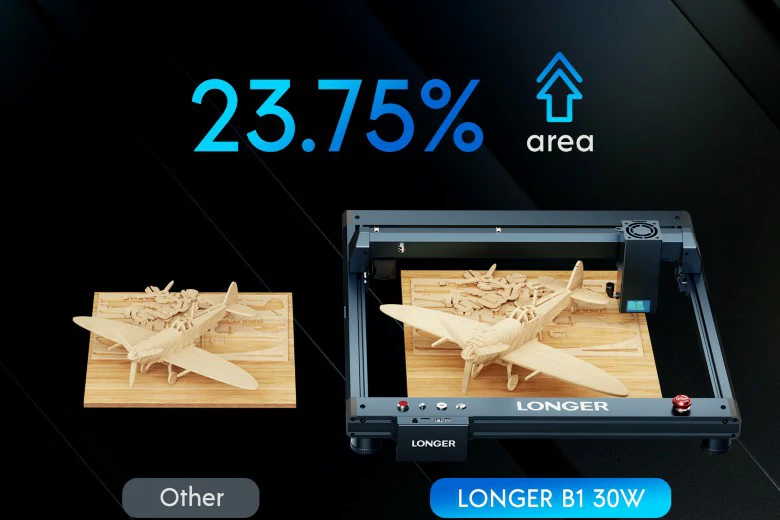Laser engraving is a popular technique that involves using laser technology to etch or mark objects with precision. It has found wide applications in various industries, including manufacturing, jewelry making, arts and crafts, and even personal customization. In this article, we will explore the classification of laser engraving machines and the principle behind their functioning.
Classification of Laser Engraving Machines:
1. CO2 Laser Engraving Machine:
– CO2 laser engraving machines are the most common type used in the industry. They utilize a high-powered carbon dioxide laser to engrave or cut materials such as wood, acrylic, leather, fabric, and paper.
– These machines produce a wavelength of around 10.6 micrometers, which is well-suited for non-metallic materials.
– CO2 lasers work by emitting a beam of infrared light that interacts with the surface of the material, causing it to vaporize or melt, thus creating the desired design or mark.
2. Fiber Laser Engraving Machine:
– Fiber laser engraving machines are primarily designed for metal engraving applications. They use fiber optics to generate a laser beam that is concentrated and focused on the material.
– These machines produce a shorter wavelength of around 1.06 micrometers, which is ideal for marking and engraving metals like steel, aluminum, brass, and titanium.
– Fiber lasers offer high precision and speed, making them suitable for industrial processes that require intricate designs or high-volume production.
3. Diode-Pumped Solid-State (DPSS) Laser Engraving Machine:
– DPSS laser engraving machines are versatile machines that can handle a wide range of materials, including both non-metallic and metallic substrates.
– These machines utilize a solid-state laser, typically a crystal or glass, that is pumped by diode lasers to generate a high-energy beam.
– DPSS lasers offer a combination of precision, efficiency, and versatility, making them popular for various applications, including marking, engraving, and even cutting.
Principle of Laser Engraving Machine:
Laser engraving machines function based on the principle of selective material removal. The machine directs a laser beam towards the surface of the object to be engraved or marked. The laser beam interacts with the material, causing it to undergo physical or chemical changes.

The principle behind laser engraving can be summarized in the following steps:
1. Laser Beam Generation:
– The laser engraving machine generates a laser beam using a specific type of laser, depending on the material to be engraved.
– The laser beam is produced by exciting the laser medium, which could be a gas, crystal, or fiber, using electrical or optical energy.
2. Beam Focusing:
– After the laser beam is generated, it is then focused using lenses or mirrors to achieve a high energy density at the surface of the material.
– Focusing the laser beam ensures that the energy is concentrated in a small spot, enabling precise engraving or marking.
3. Material Interaction:
– When the focused laser beam interacts with the material, several processes occur depending on the material’s properties.
– For non-metallic materials, such as wood or acrylic, the laser beam vaporizes or melts the material, creating the desired engraving or marking.
– In the case of metals, the laser beam heats the surface, causing oxidation or color change, resulting in visible marks.
4. Control System:
– Laser engraving machines are equipped with sophisticated control systems that allow precise control over the movement of the laser beam.
– The control system coordinates the movement of the laser beam according to the design or pattern specified by the user, ensuring accuracy and consistency.
5. Safety Measures:
– Laser engraving machines employ various safety measures to protect the operator and the surrounding environment.
Laser engraving machines are classified into CO2, fiber, and DPSS types, each suitable for specific materials and applications. The principle behind laser engraving involves the generation and focusing of a laser beam, interaction with the material, precise control, and safety measures. With its versatility and precision, laser engraving has become an indispensable tool in various industries, enabling the creation of intricate designs and personalized markings on a wide range of materials.
